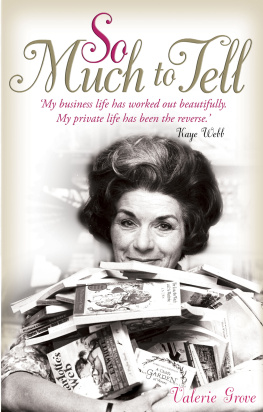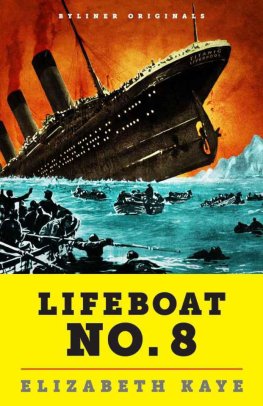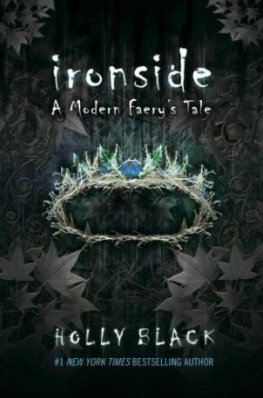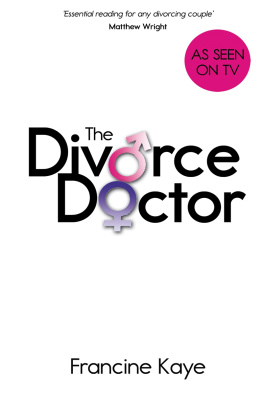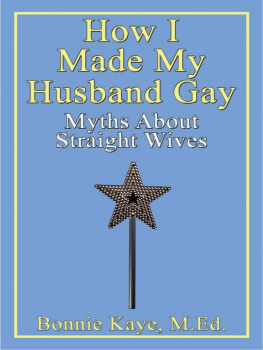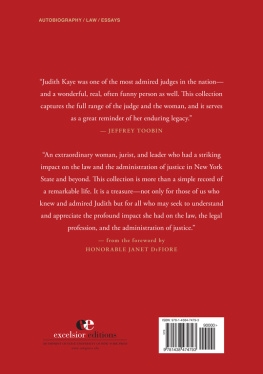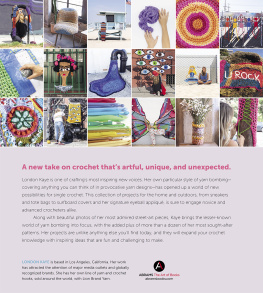By the sameauthor
Where I Was Young: Memories of London Childhoods (asValerie Jenkins)
The Compleat Woman: Marriage, Motherhood, Career
Dear Dodie: The Life of Dodie Smith
Laurie Lee: The Well-loved Stranger
A Voyage Round John Mortimer
So Much to Tell
VALERIE GROVE
VIKING
an imprint of
PENGUIN BOOKS
VIKING BOOKS
Published by the Penguin Group
Penguin Books Ltd, 80 Strand, London WC2R 0RL , England
Penguin Group (USA) Inc., 375 Hudson Street, New York, NewYork 10014, USA
Penguin Group (Canada), 90 Eglinton Avenue East, Suite700, Toronto, Ontario, Canada M4P 2Y3 (a division ofPearson Penguin Canada Inc.)
Penguin Ireland, 25 St Stephens Green, Dublin 2,Ireland (a division of Penguin Books Ltd)
Penguin Group (Australia), 250 Camberwell Road,Camberwell, Victoria 3124, Australia (a division of Pearson Australia Group PtyLtd)
Penguin Books India Pvt Ltd, 11 Community Centre,Panchsheel Park, New Delhi 110 017, India
Penguin Group (NZ), 67 Apollo Drive, Rosedale, North Shore0632, New Zealand (a division of Pearson New Zealand Ltd)
Penguin Books (South Africa) (Pty) Ltd, 24 Sturdee Avenue,Rosebank, Johannesburg 2196, South Africa
Penguin Books Ltd, Registered Offices: 80 Strand, London WC2R 0RL , England
www.penguin.com
First published 2010
Copyright Valerie Grove, 2010
The moral right of the author has been asserted
The permissions listed on page 277 constitute an extensionof this copyright page.
All rights reserved
Without limiting the rights under copyright reservedabove, no part of this publication may be reproduced, stored in or introduced into aretrieval system, or transmitted, in any form or by any means (electronic, mechanical,photocopying, recording or otherwise), without the prior written permission of both thecopyright owner and the above publisher of this book
A CIP catalogue record for this book is available fromthe British Library
ISBN: 978-0-670-91885-0
To Kate and John Searle
List of Illustrations
All images are from Kaye Webbs own collection,courtesy of Kate Searle.
The Searles dining with screenwriterArthur Sheekman and his actress wife Gloria Stuart, 1954.
Foreword
( from Kaye Webbs radio talkLearned from Life, 1958 )
I think the chief reason for living is learning: perhapsdiscovering is a better word. We are born nothing. We arrive full ofinnocence and curiosity, and if we are lucky, we keep the curiosity. Wouldnt itbe dreadful to wake one morning and feel that there was nothing left you wanted to knowabout, or, even worse still, that you knew everything? Im not talking aboutknowledge of course, but wisdom.
And the idiotic thing is that even the wisest parents quite often try tokill this curiosity. It begins in tiny ways: because they want to spare their childrenpain, they start warning them off things Fire burns; Knivescut; Friends change. Of course, we end by discovering these thingsfor ourselves, just as later on we find out such truths as Laugh and the worldlaughs with you; weep, and you weep alone and all those other wisesayings we have come to call clichs.
But just think if we listened to these warnings and didnt find outsome things for ourselves! Wed be unable to make real contact with our fellow-menbecause we would not have shared any experiences with them. We would not understandthem. We would be shut away from life. Love and friendship both grow out of sharedfeelings.
When our children come home with wounds, we sympathize becauseweve had them too, and can imagine their pain. When, later, they havedisappointments or heartaches, we can offer them comfort. But supposing we had notsuffered either ourselves because our parents had taught us to avoidthem, we would not know what on earth they were talking about.
And since, inevitably, Ive got on to the subject of children,another thing I have learned from life is that the really worst service we can do themis to teach them to care what people think to train them to behave in this orthat way, not because it is fundamentally right, but because of outside opinion.
And we are almost all guilty of this. We say that manners have to bebetter in front of strangers, faces have to be cleaner, and so on. How often have Iheard myself saying, I dont know what Mrs Thingumajig must think ofyou! or What sort of a home must they think you come from?Its the right thing for the wrong reason, and can end by our carrying around aterrible old man of the sea on our backs, governing all our actions for the benefit ofanonymous outsiders instead of our own consciences. Incidentally, if you can learn fromlife that it does not really matter what people think as long as your own heart isserene, then you suddenly discover, as a sort of bonus, that you have also learnedtolerance as well.
Preface
Kaye Webb sometimes said, looking back, that her professionallife had worked out beautifully, with perfect timing; her private life had been thereverse. She blamed herself for her husbands sudden departure, when their twinswere fourteen. The pain of that emotional disaster never left her. Yet to the world atlarge she remained forever warm and vital, a life-enriching force. She erupted into theworld of childrens books during those decades of the twentieth century(196080) when a literate, curious, imaginative young readership was avid forsustenance, guidance and instruction from books. For three generations ofchildren, the words Editor: Kaye Webb on the title page guaranteed qualitywithin.
Through the Puffin Club, by inventing ways to make books exciting, KayeWebb inspired generations of writers, illustrators, publishers, critics andbook-lovers.
Kaye had many abilities (including some she didnt know shehad), wrote the late Naomi Lewis, childrens author and anthologist.But what was outstanding and, indeed, unique in her, was a kind of flame, thepower to rouse the hidden gift in anyone around her sometimes to the point ofgenius. In the Puffin Club, all that was magic in her had full range. The whole thingwas a feat of creation which no one else could have realized.
1: The Time Capsule
First came the Penguin. Penguin Books was launched by AllenLane in 1935 with the aim of making literature affordable by anybody with sixpence tospend. With their orange covers and distinctive modern design, Penguins were animmediate hit. When the war came, despite severe paper rationing which meant that bookswere pulped and re-pulped, and with half their staff away in the forces, Penguinpublished 600 titles. The pages were of thin, greyish, straw-based paper, stapledtogether because of the shortage of machinery and manpower in the printing industry. ButPenguins were pocket-sized and portable, and became a national institution, essential toservicemen with hours to while away in camps, barracks and troopships, to volunteerfire-watchers, and to civilians huddled in air-raid shelters. The bombs of the Blitzdestroyed millions of books in publishers offices six million were lostone night in 1940 when Paternoster Row was struck but the war encouraged thereading habit.
Practical books sold best: titles like KeepingPoultry and Rabbits on Scraps . AircraftRecognition by R. A. Saville-Sneath remained the all-time bestsellingPenguin, until Lady Chatterleys Lover in 1960.
Penguins founding genius, Allen Lane, had left school at sixteenand joined his uncle Johns publishing firm, the Bodley Head. He was still abachelor at thirty-eight when his friend Noel Carrington (brother of the Bloomsburyartist Dora, and a father of three) dreamed up a series of low-priced books that wouldgratify a childs need for information, with colour illustrations, whichCarrington had pioneered. Lane displayed a childlike enthusiasm for Carringtons picture-books and distributed them as PuffinPicture Books in 1940. The four titles were War on Land , War at Sea , War in the Air and On the Farm ideal for children being evacuated from citiesto the countryside.
Next page
